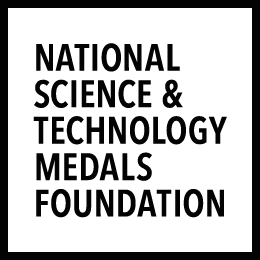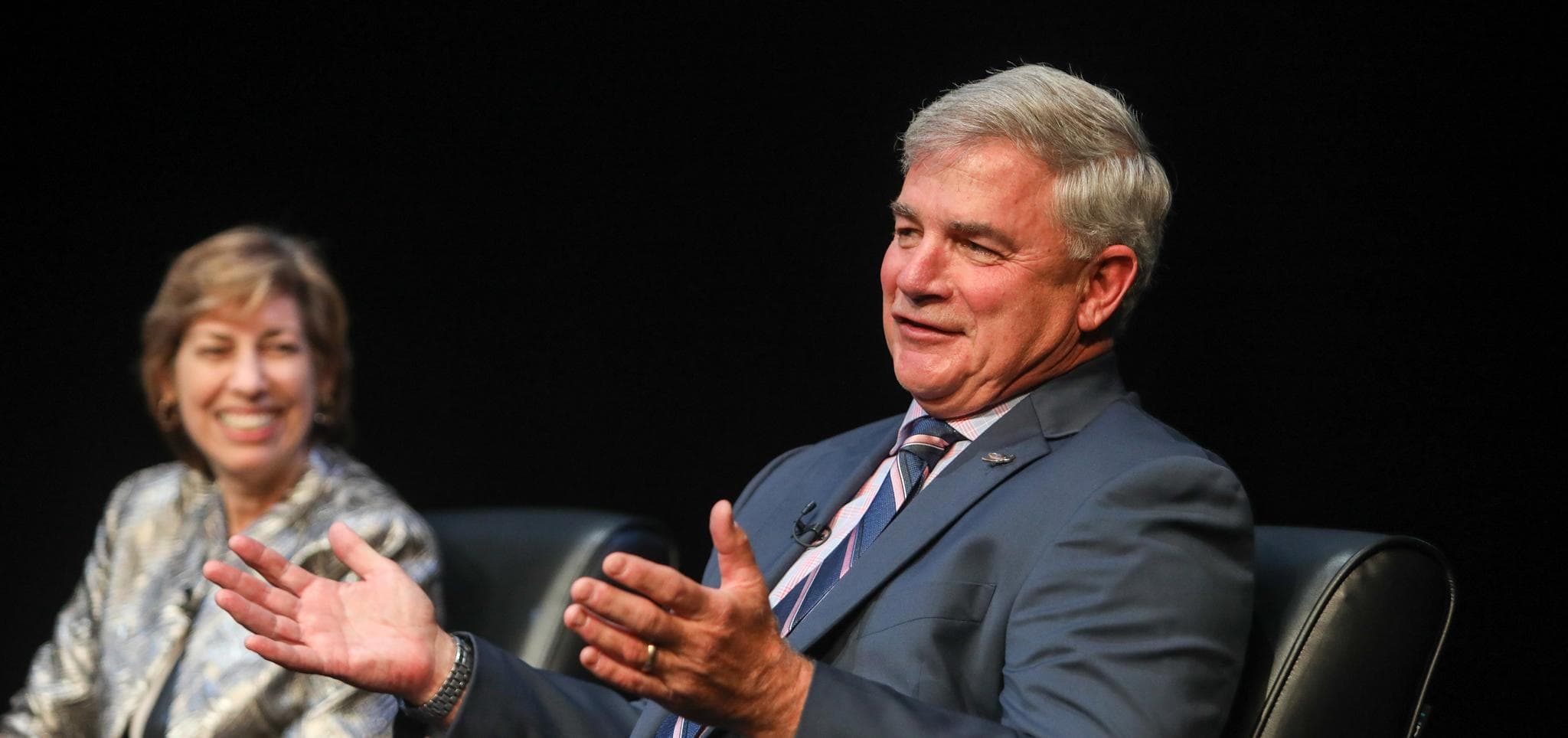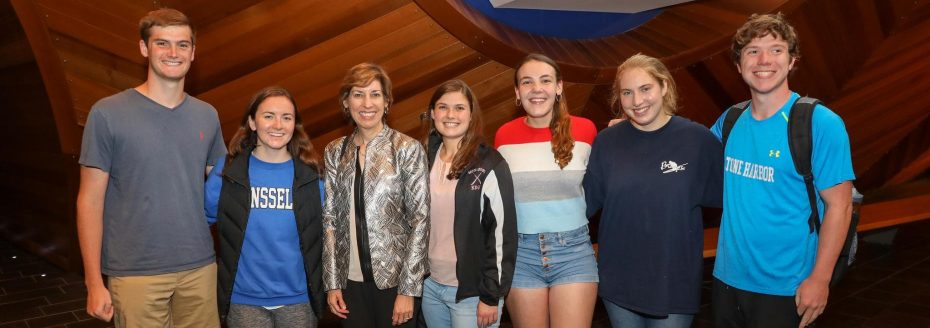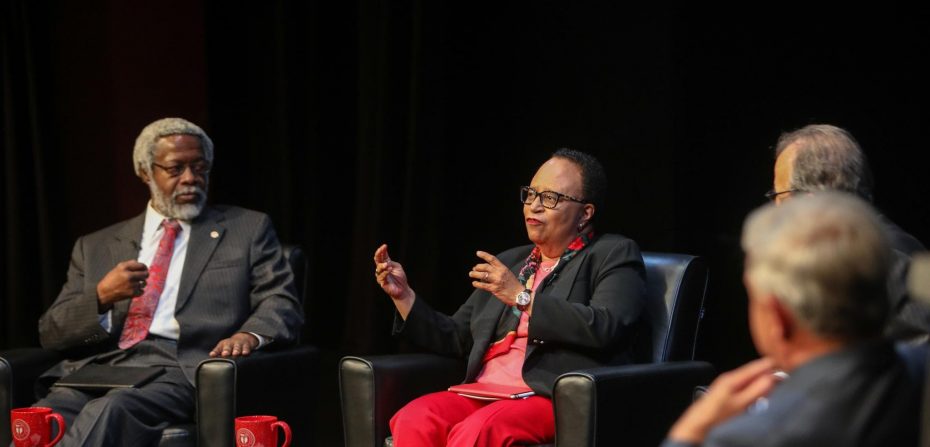WHAT DO YOU THINK THE BIGGEST CHALLENGE WILL BE TO GET THE YOUNG GENERATION INTERESTED IN SPACE?
Imagination and inspiration will never be in short supply when it comes to space but developing, refining and retaining the skills and know-how, of how to get up there and then go “out there,” even further are critical to space access and opportunity. STEM disciplines will always be in demand, especially given the needs every country, community, and industry will have for those skills and the people that have them. Every spacefaring generation is going to have to be STEM sharp, agile and creative to get where they want to go. If you don’t have those skills and abilities, you won’t be going very far.
IN THE QUEST FOR MARS, DO YOU THINK THE PRIVATE SECTOR WILL TAKE ON A MORE SIGNIFICANT ROLE WITH DIRECTION OR ASSISTANCE FROM NASA AS OPPOSED TO NASA IN THE LEAD?
It must be a balanced, proactive partnership of both public and private sectors when it comes to pursuing Mars. No one and no sector can go it alone. Taxpayer dollars will certainly be spent and should always be spent wisely and effectively, but industry investments and innovations also have to play a role in putting forward new technologies and means to make any such excursion possible. As partners, both parties have to be cost conscious, and mission-focused to get where we want to go. If that relationship between NASA and the private sector should become too imbalanced, it will only hold us back from our exploration objectives.
HOW DO YOU THINK THE QUESTION OF OWNERSHIP WILL PLAY OUT IN SPACE, WITH SEVERAL CONFLICTING TREATIES AND LAWS ALREADY IN PLACE?
That’s where diplomacy comes into the equation. There are already existing international treaties that were crafted in our space infancy when there were only two space accessible powers. That was a far different world and era from the one of today as the ability to access space is about to truly skyrocket with new technological and commercial opportunities opening that frontier to more countries and companies than ever before. With access comes opportunity, and those who can seize that higher ground will have far better negotiating positions than those who are not in those upper reaches. That is why international and commercial relationships here on Earth will play such an essential role in shaping the future of what happens above us. We have to build on those down here to make it work for us up there.
HOW CAN UNIVERSITIES, INSTITUTIONS, AND GOVERNMENT IMPROVE COLLABORATION IN SERVICE OF LARGE GOALS LIKE REACHING MARS?
Every one of them needs to keep raising their hands, voices, profiles and anything else they can wave to draw attention to themselves and what they offer to make such a mission possible. That means they all have to be creative; challenge the status quo approaches with new thinking, engineering, and capacities; and always, always be 24-7 inventive. Being conventional may be safe and prudent, but it’s never going to get you off the ground as fast as you need to go to make a Mars mission possible. That’s where pushing for more aggressive breakthroughs in the materials sciences, propulsion technologies, medicine and more are essential. If you want to do something unprecedented, you have to sometimes take unconventional approaches to get there. The universities, institutions, and governments that can offer those types of approaches and prove those newfound capabilities inside and outside of the research laboratories will be the ones that get the attention and resources. They will be the game changers that get us to Mars.
HOW SHOULD WE BALANCE PROTECTING OUR PLANET AND EXPLORING ANOTHER CONCERNING FOCUSING RESOURCES AND ENERGY?
The most important word in your question is the word, “balance.” Balance in anything is never easy because there are always competing forces pulling in different directions. Here is where diversity in thought, opinion, and approach can provide us tremendous value in not just protecting our environment here on Earth, but how we approach and explore others we venture toward. Today we use technologies and inventions first designed for other purposes than they are used for now. For example, the GPS first used to help satellites pinpoint locations for communications services or military operations, is the same GPS that can be used to help navigate you towards a vacation destination on your smartphone. The creativity that comes from entrepreneurs, activists, and leaders of all stripes can bring forward solutions that we might otherwise be unaware. That is why protection and exploration need to be a conversation and dialogue and not a one-size fits all approach. It’s up to all of us to talk, share, and engage one another in seeking solutions to complex problems on this planet and the others we explore in the future. If we don’t, we’re only limiting our potential here, and far beyond our present place in the universe.




